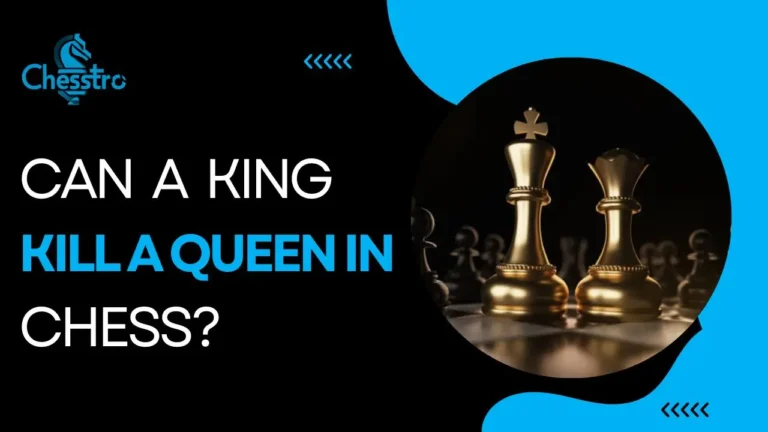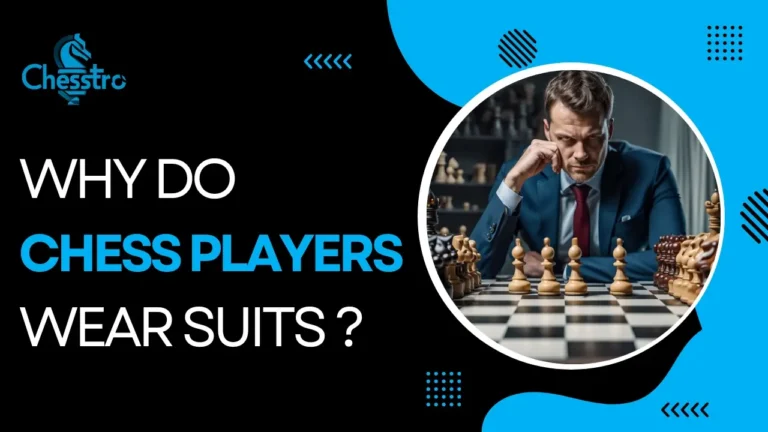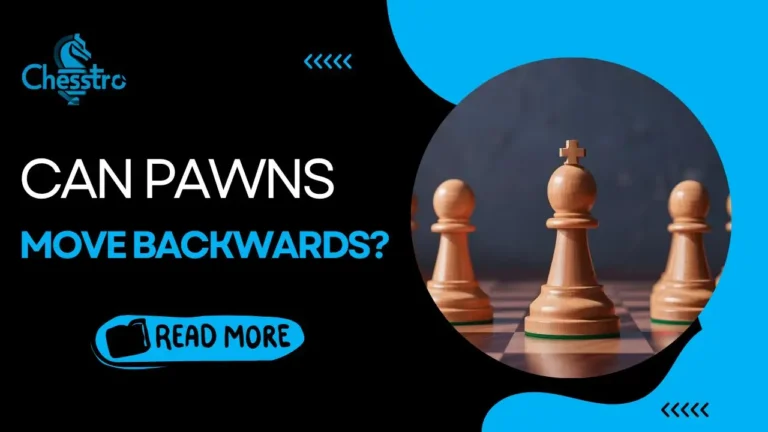Can You Castle If Rook Is Under Attack? Grandmaster Thoughts In 2024
Can You Castle If Rook Is Under Attack? Chess is like a puzzle, with every piece playing a vital role. One important move is castling, where the king and rook swap places. But a question pops up often—can this move be made if the rook is being attacked? This question, quite common among chess players, is the focus of our article.
For your Information!
Castling, a move that allows a player to ensure the safety of their king and develop their rook, is the only move in chess that involves moving two pieces at once.
We discuss the rules of chess to find the answer, presenting them in a way that’s easy for everyone to understand. So, whether you’re a chess pro or an 8th grader just starting out, our guide is for you. Let’s explore this interesting part of chess together.
| Question | Answer |
|---|---|
| What Is Castling In Chess? | Castling is a strategic move where the king and rook swap places for defense. Conditions include no obstructions and neither piece moving prior. It enhances defense and activates the rook. |
| How Does Rook’s Position Affect Castling? | The rook’s position is crucial for castling. It must return to its corner with a clear path. If moved or blocked, castling on that side isn’t possible. It determines castling direction and strategy. |
| What Happens If Rook Is Captured Before Castling? | Capturing the rook eliminates castling. It secures the king and activates the rook. Without it, the king is vulnerable, disrupting strategy. |
| Can You Castle if Your Piece Attacks Your Rook? | No, attacking your rook prevents castling. It requires a clear path between king and rook. This indicates poor coordination among pieces. |
| Consequences Of Castling When Rook Is Under Attack? | Castling violates rules if the rook is attacked, resulting in an illegal move. Without castling, the king is vulnerable, making defense difficult. Assess threats carefully to avoid repercussions. |
You can also learn more about Where are the chess hustlers
What Is Castling In Chess?
In chess, casting is a strategic move that lets the player activate a rook and increase the defense of their king at the same time.
Only a few conditions allow for the execution of this unique technique. The king and selected rook cannot have any pieces in their way, and they cannot have made any moves before.
To cast, advance the king two squares in the direction of the rook, and at the same time, the rook will jump over the king and take the square opposite to it. Kingside and queenside castling are the two kinds.

While queenside casting takes place on the a-file, kingside casting involves the king moving in the direction of the h-file. In chess, casting has several uses.
You can also learn more about What is the 20-40-40 rule in Chess?
Firstly, it lets the king move out of the middle of the board and hide behind a wall, reduces the receptivity of pawns; it permits the rook to participate in the action by taking an active stance towards the center or attacking the opponent’s position; and lastly, it helps to link the rooks, promoting improved cooperation amongst them.
Castling is an important move in chess strategies because of these combined advantages, which aid players in laying the groundwork for their future movements.
You can also learn more about Why is Blitz chess so popular?
How does the rook’s position affect castling?
The location of the rook is a key factor in deciding whether or not castling is possible and what kind of castling can be carried out.
In chess, casting is a unique move that enables the king to establish a haven and link the rooks. When casting, the rook must return to its starting place, which is usually in the board’s corner.
Castling is not allowed on the associated side if a rook has been moved or captured. In addition, the rook needs an open pathway to reach the king.

Castling is not possible if pieces, like pawns or other chessmen, interfere with the rook’s route.
You can also learn more about Can You Use Two Hands in Chess?
Additionally, castling requires the king to move two squares toward the rook, making it impossible for the rook to be directly attacked by an enemy piece.
Overall, the rook’s position directly influences whether castling is feasible and which side it can be executed, making it a critical factor in strategic maneuvering during a chess game.
What Happens If The Rook Is Captured Before Castling?
If the rook is captured before castling, it would ultimately affect the player’s ability to carry out this particular move during the game.
Castling is an essential move in chess that allows the player to safeguard the king by moving it towards the corner, away from the center of the board, while simultaneously developing the rook.
However, if the rook is captured before the opportunity for casting arises, the player can no longer perform this move. This could disrupt their overall strategy and put their king at a higher risk of attack, as it may remain in the center of the board.

You can also learn more about Do Chess Books Help?
Consequently, the captured rook’s absence may hinder the player’s ability to create a secure and fortified position for their king, ultimately impacting their chances of success.
Can you castle if your piece is attacking your rook?
No, if your piece is attacking your rook, you cannot castle. In chess, casting is a particular move where the king moves two squares in the direction of the rook, and the rook is next placed on the square next to the king.
However, for casting to be allowed, certain requirements need to be satisfied. One of these is the absence of any pieces between the king and the rook. If your piece attacks your rook, the casting rules are breached.
You can also learn more about What Is A Genius Chess Personality?
This suggests that a boundary separates the king and the rook. Casting moves the rook into a more active position and has two purposes: first, to protect the king.

If your piece is attacking your rook, a weak position may be suggested, as this suggests a lack of communication between your pieces. Thus, in this case, casting would not be an option.
What Are The Consequences Of Castling When The Rook Is Under Attack?
Firstly, if castling is attempted while the rook is attacked, it would violate the rules of chess, as castling is not allowed when either the king or the rook is under attack.
Therefore, attempting to castle in this situation would result in an illegal move. Additionally, if the rook is under attack and castling is not possible, it may limit the king’s ability to find a safe and secure spot on the board.
You can also learn more about Can A King Move Without A Check?
This can leave the king vulnerable to potential attacks and make it harder to defend against aggressive opponents. Players must be cautious when the rook is under attack, evaluating the possible threats and available options before deciding on a move.
FAQS: Can You Castle If Rook Is Under Attack?
Conclusion: Can You Castle If Rook Is Under Attack?
In conclusion, castling is an important move in chess that allows the player to safeguard their king while developing their rook. However, certain conditions must be met for casting to be possible. If the rook is under attack, castling is not allowed, and attempting to do so would result in an illegal move.
The rook’s position is also critical in deciding whether castling can be carried out and what kind of castling can be executed. Therefore, understanding the rules of castling and the position of your pieces on the board is essential in playing a successful game of chess.







